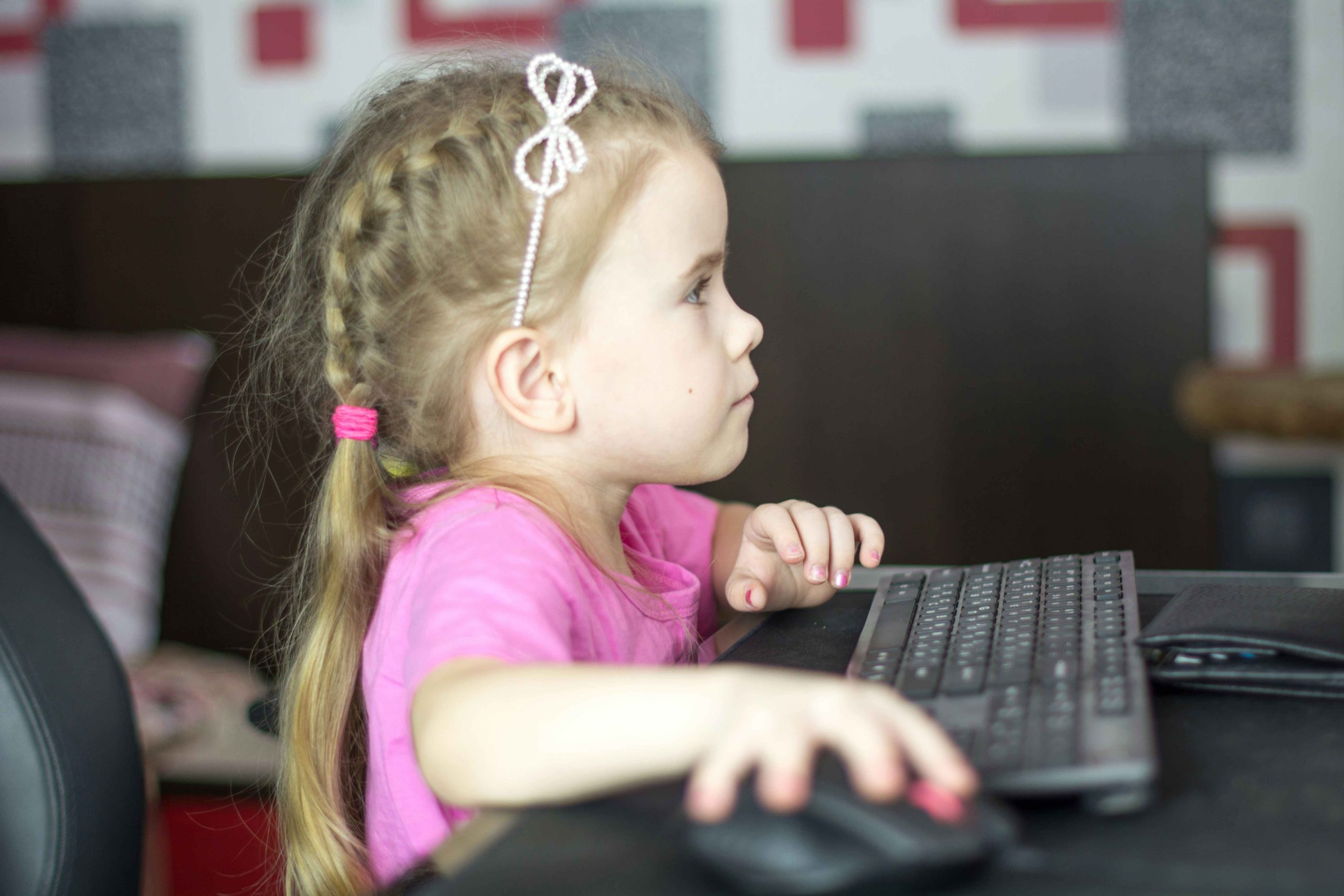
The Benefits and Concerns of Technology in Early Childhood Education: A Balanced Approach
Introduction
The youngest members of our society are increasingly exposed to technology in early childhood education. While technology offers benefits, it also raises concerns. This post explores both aspects, emphasizing a balanced approach.
Benefits of Technology in Early Childhood Education
Enhancing Learning with Educational Applications and Games
Many educational apps cater to preschoolers, offering interactive and engaging content covering various subjects. These apps utilize vibrant colors and animations to captivate children’s attention while facilitating learning.
Utilizing Digital Resources and Tools
Interactive whiteboards and digital tools enrich teaching by making lessons more engaging. Online resources like libraries and virtual field trips broaden preschoolers’ knowledge and experiences.
Supporting Literacy, Numeracy, and Social Development
Technology aids in developing literacy and numeracy skills through interactive apps and games. Additionally, digital tools foster social development by enabling collaboration and communication.
Concerns About Technology in Early Childhood Education
Overreliance on Screens
There’s a risk of preschoolers spending excessive time with screens, hindering real-world engagement. Careful moderation and promotion of hands-on learning are essential.
Exposure to Inappropriate Content and Data Privacy Risks
Preschoolers may encounter inappropriate content online, and their data privacy may be compromised. Vigilant supervision and use of parental controls are necessary.
Impact on Physical and Mental Health
Extended screen time can lead to physical issues like poor posture and mental health concerns. Balancing screen time with physical activity and outdoor play is crucial.
Using Technology Responsibly
While technology offers valuable learning opportunities, it should complement traditional methods. Parents and educators must model responsible digital behavior and ensure safe and appropriate technology use.
Conclusion
Technology presents both opportunities and challenges in early childhood education. By integrating it responsibly alongside other approaches, we can maximize its benefits while ensuring preschoolers’ holistic development.


